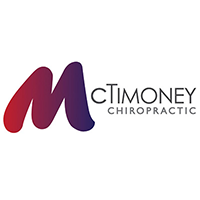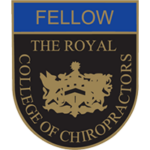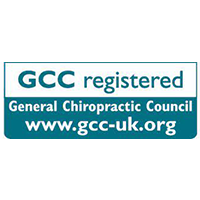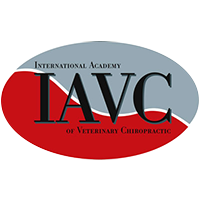Chiropractic Care for People
What you need to know about Chiropractic?
A chiropractor’s aim is to assess the skeleton and spine, looking for areas of misalignment. There may be abnormal movement of the affected joints . Normally the muscles, tendons and ligaments control the position of the joint and the movement. Problems are thought to occur for two main reasons. Firstly when a jolt, strain or trauma occurs that is either too fast ( eg small sudden twisting or stretching movement) or too forceful (eg heavy lifting or whiplash) for muscles to respond to control joint motion. The second reason is that muscles can gradually become weaker or unbalanced (eg poor posture, occupational factors, asymmetrical sports such as golf or bowls or even sedentary pastimes) exerting abnormal pull on the bones to which they attach.
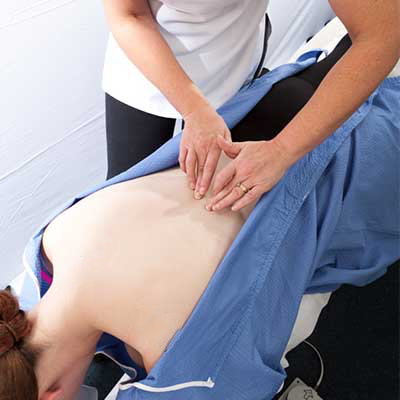
This mechanical dysfunction may stretch or compact joints leading to irritation of the small nerve endings. The larger nerves may also be stretched or compressed leading to a ‘trapped nerve’. The natural response to joint dysfunction is for muscles to contract, or to go into spasm to protect the weakened area, which can lead to stiffness and muscle pain too. Evidence suggests that quite rapidly, follows the onset of back pain. The stabilising muscles of the spine and joints then become weaker, and may leave us prone to subsequent injuries.
How is this treated?
A chiropractor aims to correct joint misalignments by using their hands to make an ‘adjustment’ directly to the bones involved, in a very specific direction. This aims to restore normal alignment and motion, relieving effects on joints, muscles and nerves. A treatment plan may also include soft tissue techniques (for example massage or stretches), measures to manage pain, exercises for specific tight or weak muscles or to restore general spinal stability and also advice about posture and other activities.
What is McTimoney?
This is the name of the chiropractic technique that can only be learned at the Mc Timoney college of chiropractic. The technique relies on especially fast yet tiny movements that generally do not create the ‘crack’ sound of cavitation that people sometimes associate with chiropractic. Another characteristic Mc Timoney approach is that the integrity of the structure of the whole body is assessed, not just the area where the pain has eventually appeared. Although adjustments will usually be needed in this area, consideration is also given to the effect of any misalignments elsewhere. This approach means that patients often report additional unexpected benefits in other regions too.
Who is Chiropractic for?
Patients seek help for many different problems. The commonest, that we see on a daily basis are back pain, neck, shoulder and arm pain, headaches and migraines. We see a wide variety of patients from babies and children, sports people and pregnant women, the elderly and those with postural problems. Patients often come following a specific injury such as a car accident.

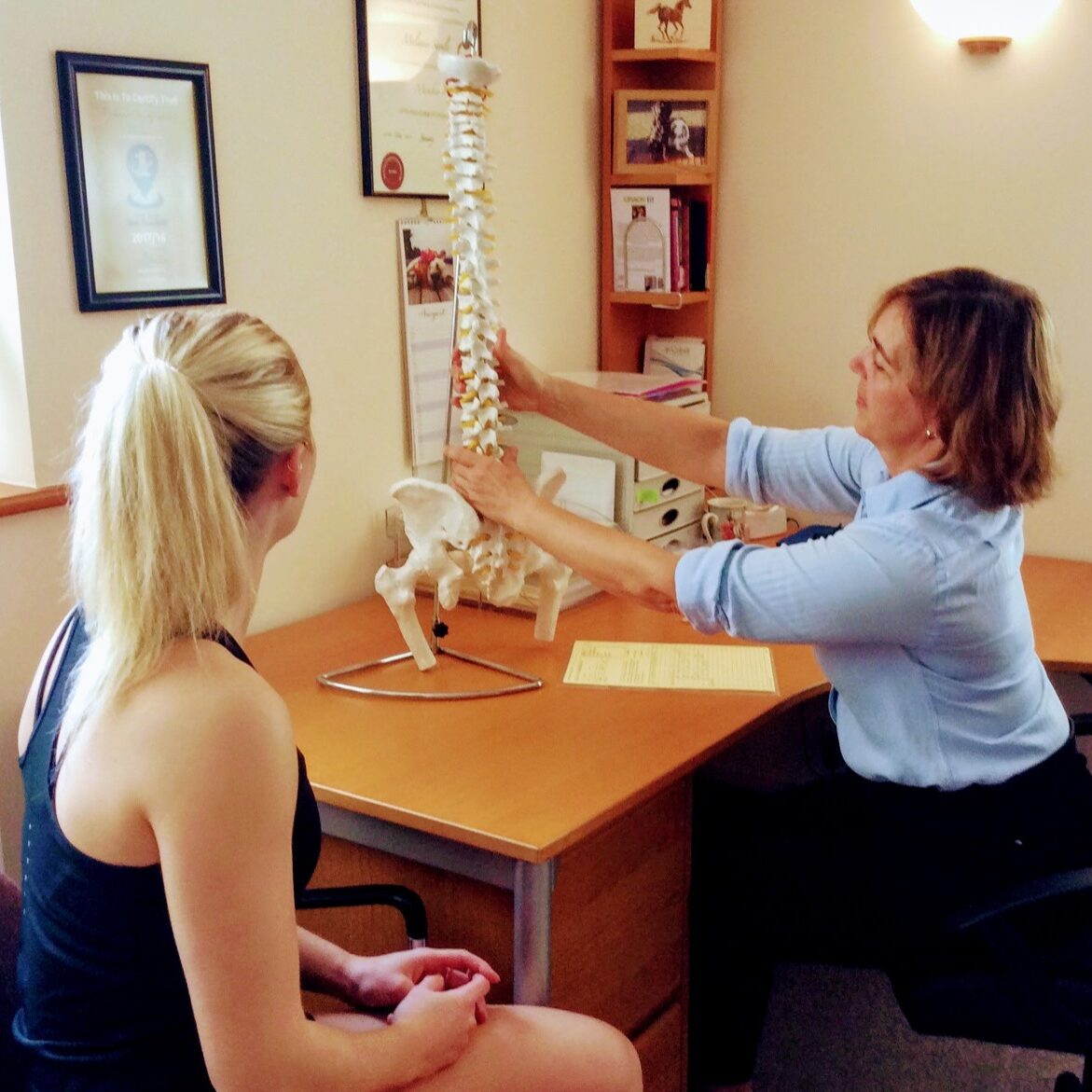
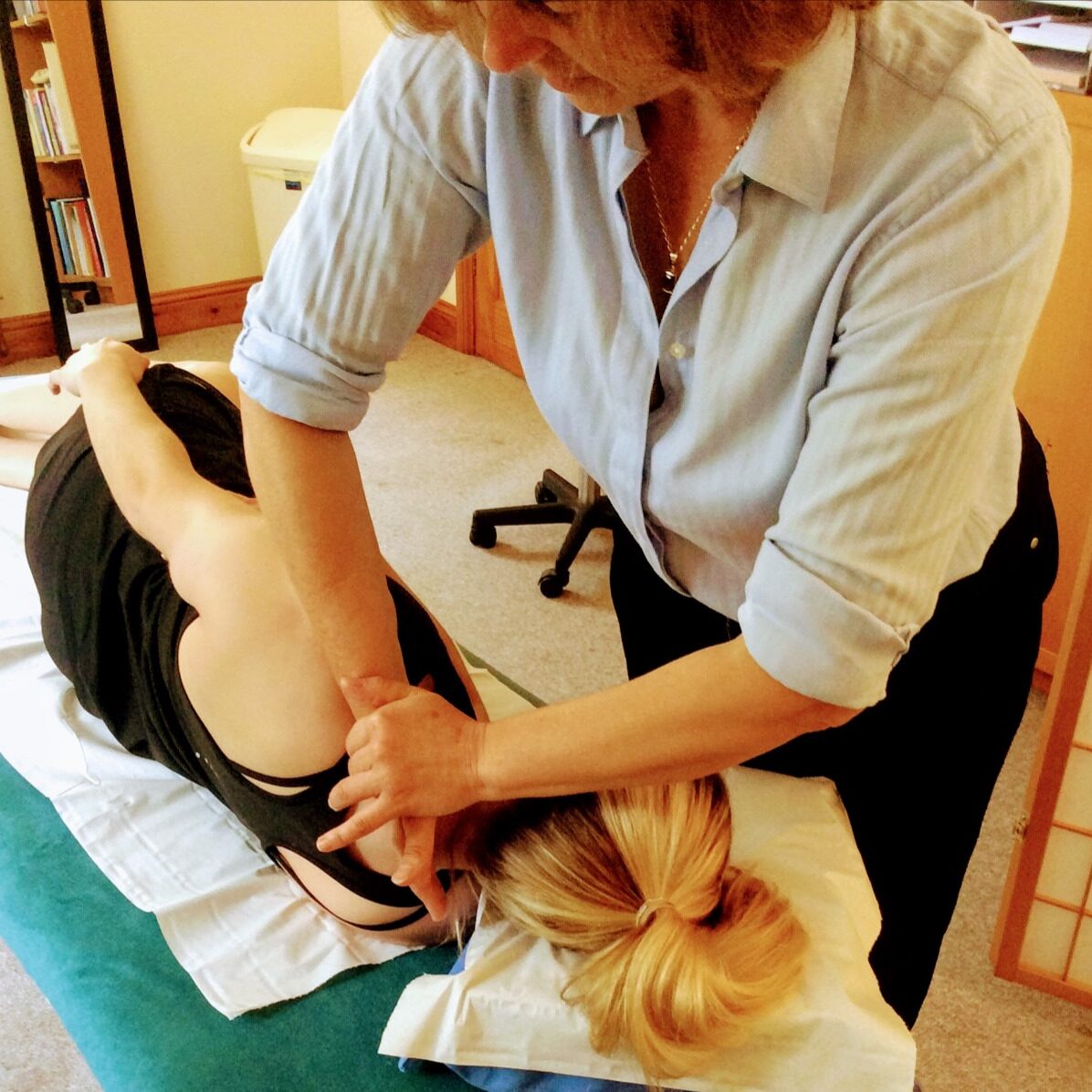
What Chiropractic is:
Scientific
There is a great deal of high quality research demonstrating good results with chiropractic care for the commonest musculoskeletal conditions, even though the phenomenon of pain is notoriously difficult to measure and reliable evidence takes a long time. The chiropractic profession is actively engaged in broadening the research base for a wide range of conditions.
Safe
Chiropractors, as Primary Health Care Providers, trained to assess the medical status of their patients and detect signs of any more serious underlying conditions. This enables them to see patients directly without the need for a medical referral. Patients are always treated as individuals, and the best techniques that are most suitable for each person are used. It has been estimated that 120-140,000 people in the UK use and benefit from chiropractic every week to look after their physical wellbeing.
Annually chiropractors have to attend Continuing Professional Development courses to maintain their professional registration. This ensures that they are competent, up to date with current research and working with evidence.
What should you expect from your first and subsequent visits?
The majority of new patients to Parkview Clinics are word of mouth referrals. We are always willing to spend time answering questions before your booking.
The first appointment takes up to one hour, the chiropractor will then explain the diagnosis and discuss the treatment plan.
‘This typically will consist of a combination of chiropractic manipulation, soft tissue techniques, exercises and lifestyle or postural advice. It is usual to receive your first treatment at this appointment, however, it is sometimes necessary for a patient to be referred back to their doctor for further tests or x rays prior to treatment. Follow- up appointments monitor your response and progress to the initial treatment to ensure that you continue to receive the appropriate care. Follow up appointments last approximately half an hour.
If you are not sure whether chiropractic care is what you need, an initial ten minute free consultation called a Spine Check is often helpful. At this appointment the chiropractor will explain their findings and advise whether chiropractic may be beneficial or not.
When recommended, Parkview Chiropractic Clinic is able to refer patients for MRI scan or Xrays either by paying privately or through many healthcare providers if patients prefer.
Book Appointment
Book your chiropractic appointment with our online booking system below, or get in touch with us to discuss your needs.
